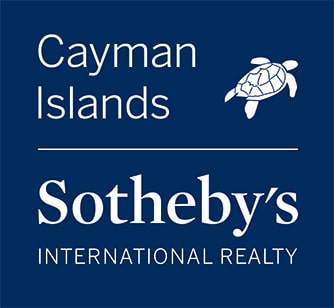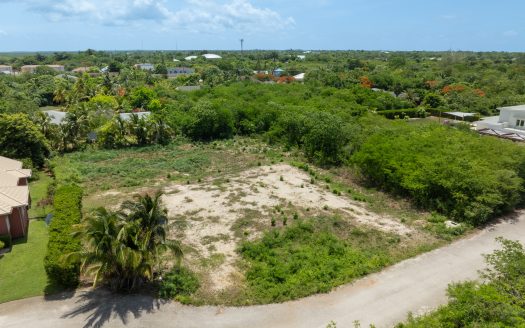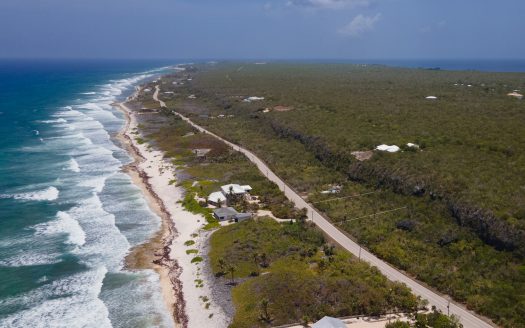The story of the Cayman Islands is one of the seas. Long before the territory made its mark as a financial hub and luxury vacation destination, these islands were the stomping grounds of the true ‘Pirates of the Caribbean.’
Tales of Captain Henry Morgan, Blackbeard, and ship raids are woven into the islands’ lore. The national festival, Pirates Week, pays homage to this swashbuckling past every November with heritage celebrations and parades across all three islands.
Below the crystal-clear waters, scuba divers have ready access to explore the remnants of Cayman’s numerous shipwrecks. While many of these expeditions met their fate ensnared in Cayman’s reefs, others fell victim to sudden storms and yet others to mischief. Over the years, surveyors and historians have documented hundreds of shipwrecks in Cayman’s waters: the USS Kittiwake, the Oro Verde, the Doc Polson, the Cali, and the Wreck of the Ten Sail, to name a few.
Once deemed ‘Las Tortugas’ or ‘The Turtles’ by explorer Christopher Columbus, the Cayman Islands and its natural abundance of sea turtles long attracted ships and fishing expeditions in search of fresh meat. Turtle meat was once a notable export and farming commodity for the Cayman Islands and still carries cultural significance in local cuisine.
The islands’ old-timers tell stories of sailing the Caribbean Sea, from Cayman to the coasts of Central America, in search of sea turtles to haul home for sale and export. Their concave vessels, the catboat, were testaments to the ingenuity and grit of Cayman’s early seafarers. These hand-crafted sailboats were built from popnut tree and mahogany, harvested from the bush, Cayman’s woodland, and patiently formed through arduous labour.
Cayman would become known for its shipbuilding and high-quality schooners, like the Cimboco and Goldfield. With the Cayman Islands Motor Boat Company, the 1920s opened an era of increased connectivity between Cayman and the world.
Cayman’s reputation for producing skilled seafarers eventually led to an exodus of young men in the 1950s and 60s to work with the National Bulk Carriers shipping company. This era, known as the Southwell Years, took around 2,000 young Caymanians worldwide as crew on oil tankers and bulk cargo ships. The earnings from these jobs allowed Caymanians to support their families, build homes and start businesses.
Seafaring remains a cherished part of Cayman’s history. The Cayman Islands’ Coat of Arms recognises the significance of the sea in the islands’ development, bearing a passage from Psalm 24:2, “He hath founded it upon the seas.”
In January 2021, the Cayman Islands government and community paid tribute to their seafarers during the National Heroes Day celebrations.
The Cayman Islands Seafarers Association, located in Prospect, offers additional resources on this important aspect of the islands’ history.
The Cayman Islands National Museum has also developed the Maritime Heritage Trail, with historically significant locations mapped and ready to explore across Grand Cayman.






